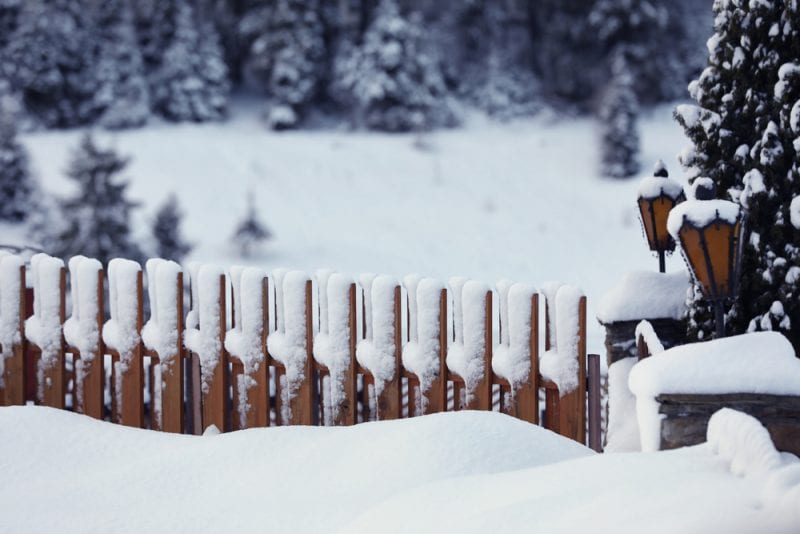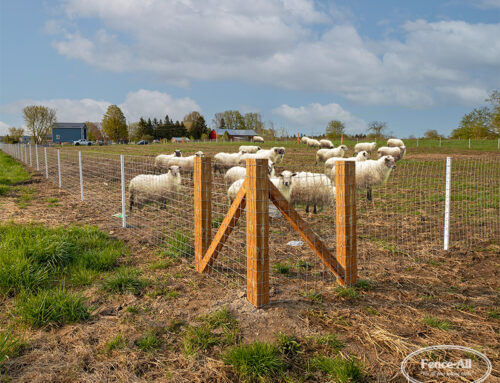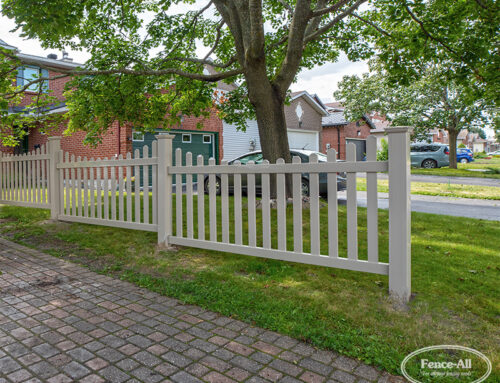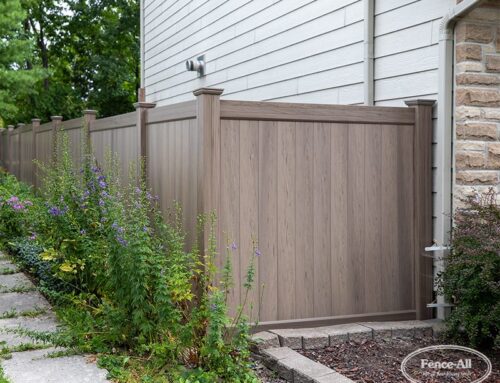While cold temperatures can symbolize the beginning of “sweater weather” and the holiday season, it can also signify trouble for your wood fence.
At Fence All, we’ve helped hundreds of homeowners successfully maintain their wood fence throughout the colder parts of the year. If you have a wood fence, it’s important that you know how to prepare it for the fall and winter. The following article will discuss a few ways in which cold weather can affect your wood fence.
Rain and Snow Moisture
Fall is notorious for rain, and the winter is known for snow. While we may get excited for the first snowfall of the year, it can affect your wood fence in ways you never expected. If you’ve had your fence for several years, moisture from rain and snow may have seeped into your wood. Due to the lack of sunlight during the fall and winter months, this prevents your fence from drying properly, which can cause rotting.
If you’re trying to protect yourself from moisture damage, consider applying a water sealer to the wood as soon as possible.
Soil Drift
One thing to keep in mind when the weather changes is that soil is vulnerable to drifting. With exposure to moisture, the soil that supports your fence is prone to expansion and contraction, which will impact your fence’s sturdiness and durability. Furthermore, following a heavy snowfall, soil may develop sinkholes, which would compromise your fence’s structure. Make sure that you contact a professional fencing company if you notice sinkholes or patches of loose soil around your fence in the winter or fall.
Cracks in Your Wood
It’s important to know that as your wood fence absorbs water and snow, the liquids will expand, which can lead to cracks in your boards, posts, and rails. This is natural and shouldn’t be a concern unless the underlying structure of the fence is damaged.
Your fence is an investment, and it’s important for you to protect it in the colder months of the year. For more information on what you can do to maintain your fence in fall and winter, contact Fence All today!








